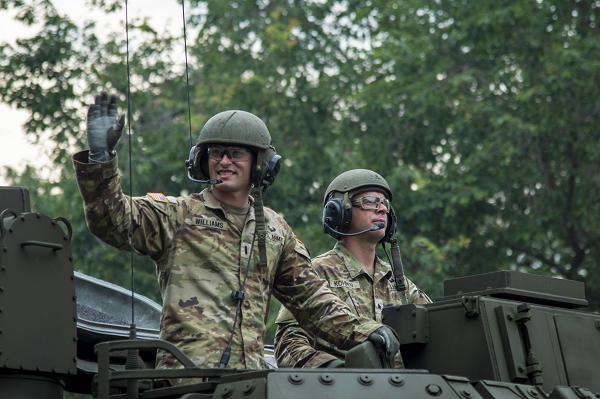
Washington, D.C. (June 14, 2025): In this photo by Staff Sergeant Oscar Toscano, Soldiers participate in the Army's 250th Birthday Parade that included troops in historical and modern uniforms marching alongside equipment and vehicles from key eras of Army history.
Finding themselves without a force to fight the British, the American Army was established on June 14, 1775. under the command of George Washington. Prior to the creation of a professional Army, the colonists relied on local civilian soldiers, or militia, which were untrained and often ineffective. In 1784, the first full regiment of Regular Army infantry, the 3rd Infantry Division, was formed. The unit today is known as the “Old Guard” and remains the oldest branch of the U.S. military. The Army overcame numerous military setbacks, a lack of equipment, and dwindling supplies to defeat the British Army, the most powerful military force in the world at the time.
After the Revolutionary War (1815-1860), the Army switched its focus West to battle native American tribes. In 1812, America once again battled English troops and for the first time the U.S. Army found itself fighting on foreign soil. In 1848, the Army defeated the Mexicans in a short conflict that resulted in significant territorial gains for the United States, including California and much of the Southwest. The Civil War saw a massive expansion of the Army to over two million soldiers by 1865.
In the 20th Century, the Army grew to over six million troops to fight World War I and another eight million took part in World War II. Fighting alongside the Marines, the Army participated in the Island-hopping campaign in the Pacific while simultaneously defeating the vaunted German Army in 1945. The Army once again answered the nation’s call with the outbreak of the Korean War and again during the Vietnam conflict.
In the post-Cold War era, the Army has been involved in conflicts in the Persian Gulf, Somalia, former Yugoslavia, and ongoing operations in Afghanistan and Iraq.


